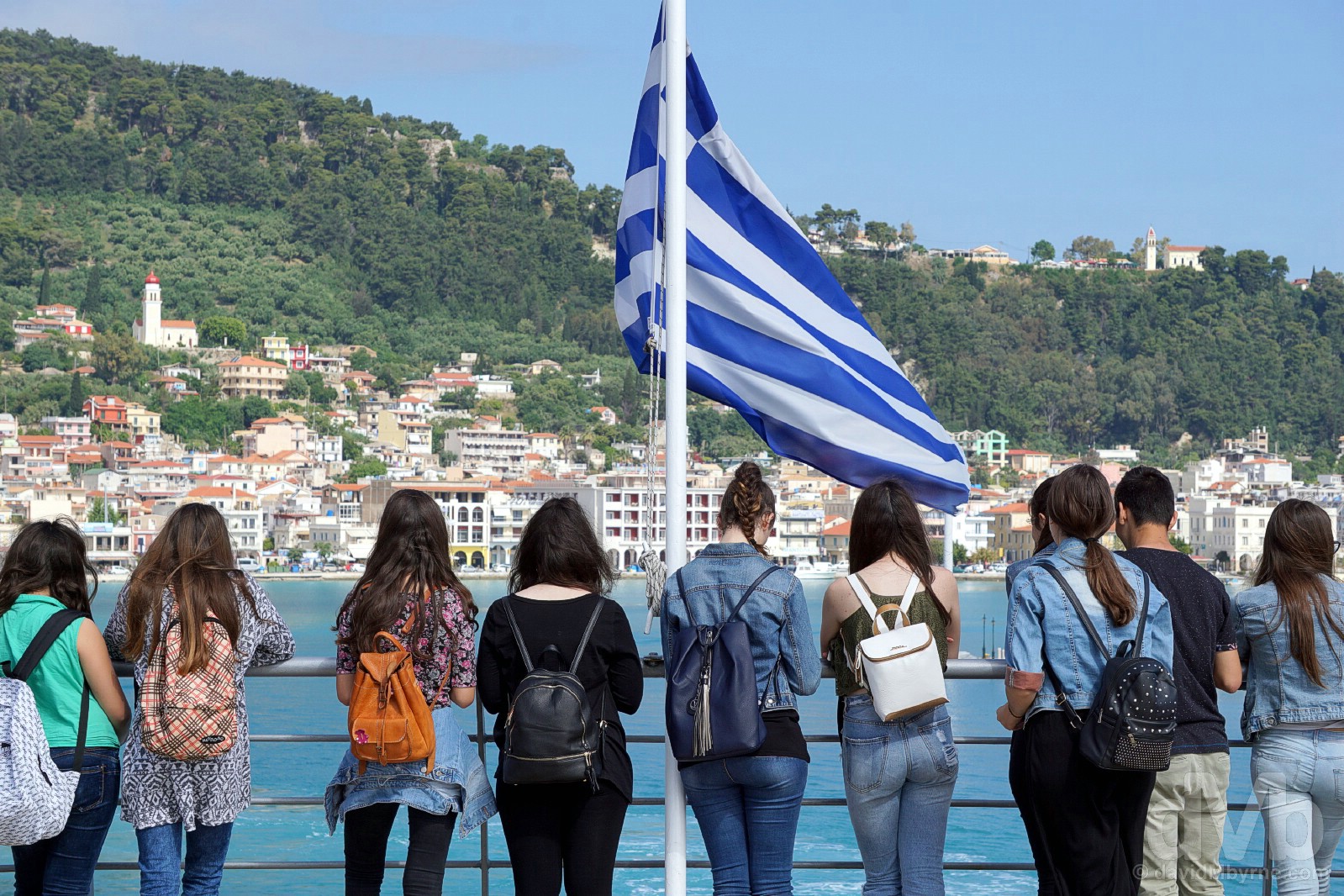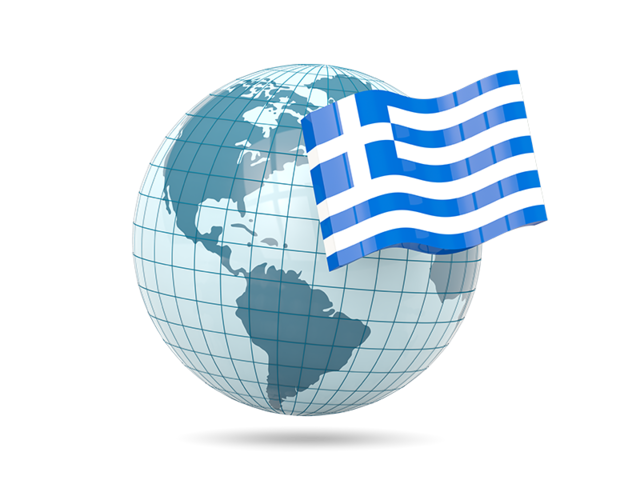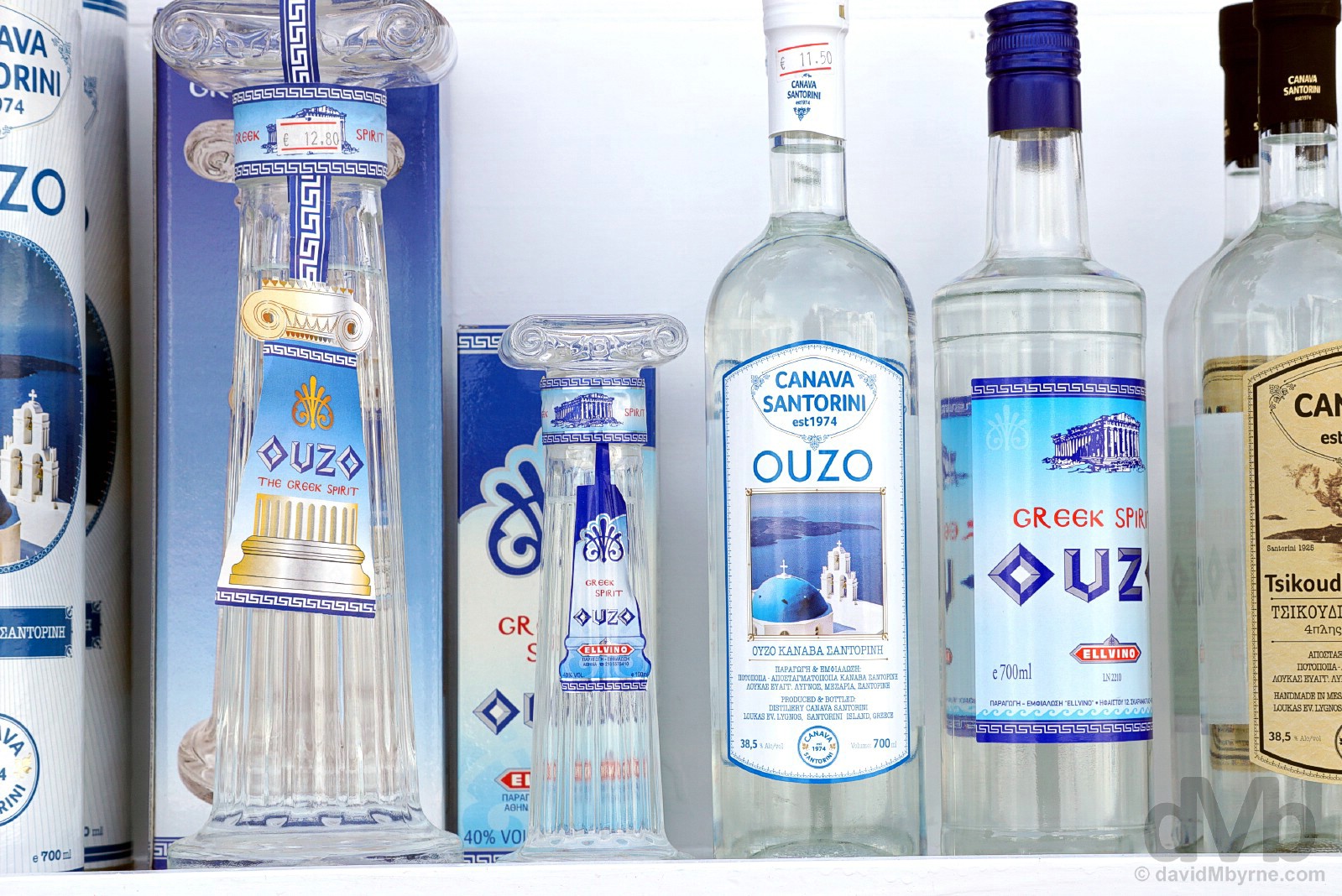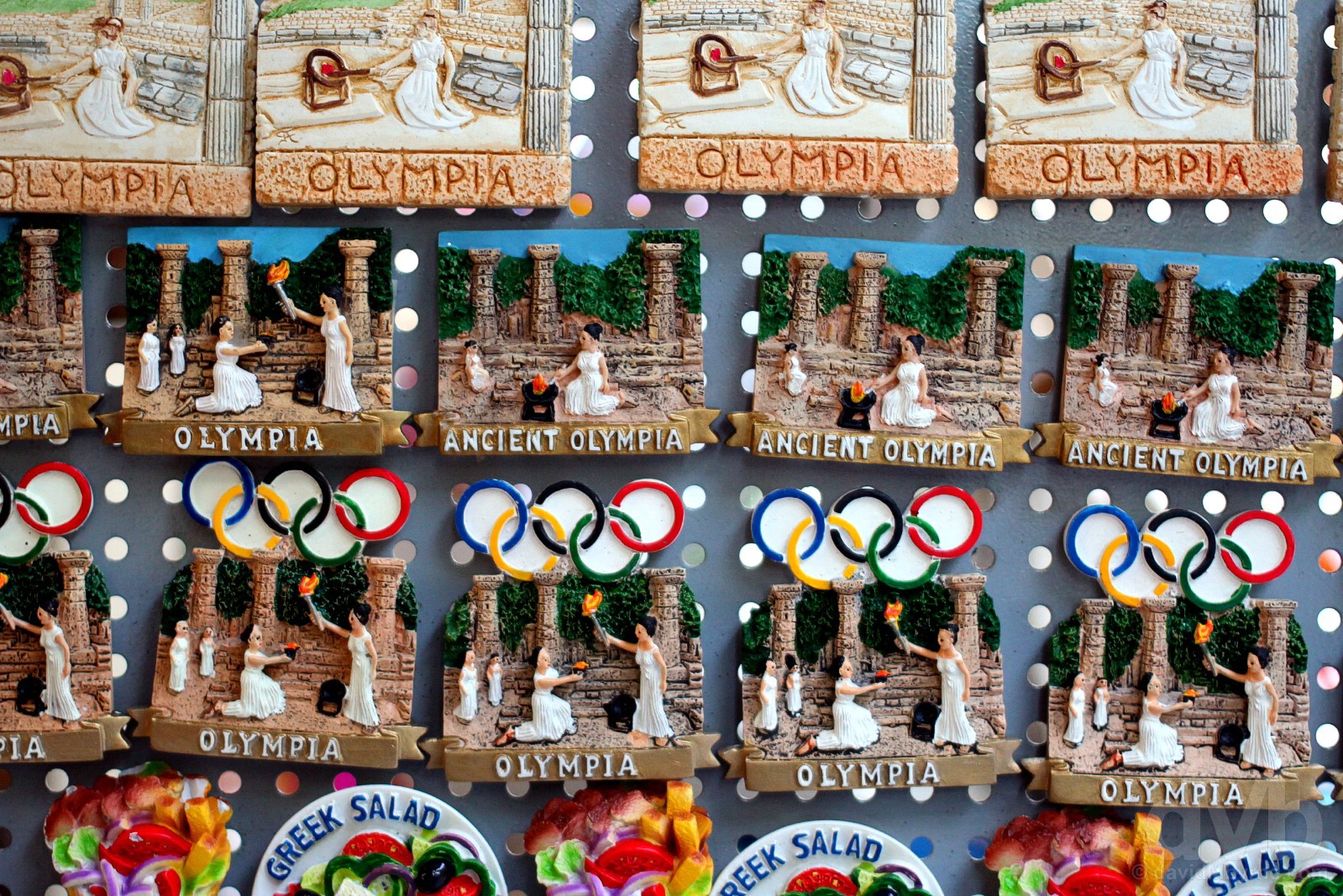Peloponnese, Greece
”The Greek Peloponnese Peninsula heavy-hitting history trilogy: Ancient Olympia, the once-great sanctuary to Zeus and birthplace of the Olympic Games; Sparta, the ancient city-state famous for its military prowess; and the UNESCO-listed lofty heights of Mystras, the last bastion of power for the once-mighty Byzantium Empire.”
Image || Sparta resting in the Evrotas River Valley overlooked by the Taygetus Mountains, location of UNESCO-listed Mystras. Peloponnese, Greece.
Peloponnese Peninsula, Greece
It’s an hour on the ferry from the Greek Ionian island of Zákynthos back to the mainland. And now that I’m here, holed up in a cafe in the Port of Kyllini, I have a 5-hour wait for a mythical bus that may or may not turn up go a distance of some 50 kilometres from here to somewhere called Pyrgos for the onward bus to Olympia, a further 40 kilometres inland.

Departing Zákynthos Port for the Peloponnese Peninsula, Greece. May 6, 2017.
dMb Country Overview - Greece
 Greece
Greece
Region – Southeastern Europe/The Balkans (dMb tag: The Balkans). Capital – Athens. Population – 10.8 million. Official Language – Greek. Currency – Euro (€) GDP (nominal) per capita – US$21,000 Political System – Unitary parliamentary republic. EU Member? – Yes (10th member joined January 1981). UN Member? – Yes (founding member joined October 1945). G20 Member? – No. Size – 132,000 km² (Europe’s 15th largest country is approximately half the size of Ecuador, twice the size of Sri Lanka, and roughly the same size as the US southern states of Alabama and Louisiana. Topography – A mountainous interior (80% of Greece is mountainous), a long and convoluted coastline, and hundreds of offshore islands. Independence – 1830 from the Ottoman Empire following 1821 to 1830 Greek War of Independence. Brief History – From the eighth century BC, the Greeks were organised into various independent city-states, known as poleis (singular polis), which spanned the entire Mediterranean region and the Black Sea. Philip of Macedon united most of the Greek mainland in the fourth century BC, with his son Alexander the Great rapidly conquering much of the ancient world, from the eastern Mediterranean to India. Greece was annexed by Rome in the second century BC, becoming an integral part of the Roman Empire and its successor, the Byzantine Empire, which adopted the Greek language and culture. The Greek Orthodox Church, which emerged in the first century AD, helped shape modern Greek identity and transmitted Greek traditions to the wider Orthodox World. After falling under Ottoman dominion in the mid-15th century, Greece emerged as a modern nation state in 1830 following a war of independence. UNESCO World Heritage sites – 18. Tourism Catchphrase/Slogan – All Time Classic. Famous For – Endless coastline and beaches; shipping; democracy (born here); a classical and hallowed past; ouzo; sun-drenched islands; Alexander the Great; the Olympics; being the cradle of Western civilisation; food (tzatziki, feta, souvlaki, moussakas, yogurt, grapes, olives and olive oil); economic collapse & austerity.
Ouzo for sale in the village of Oia, Santoríni, Cyclades, Greece.

Ouzo for sale in the village of Oia, Santoríni, Cyclades, Greece.
Highlights – Cyclades island-hopping and the remnants of all that ancient history (Greece boasts four millennia of sun-bleached ruins, artefacts, and architecture). Greece Titbits – At nearly 14,000 km (8,500 miles), Greece has the 11th longest coastline in the world; Greece is considered the cradle of Western civilisation, being the birthplace of democracy, Western philosophy, Western literature, historiography, political science, major scientific and mathematical principles, Western drama, and the Olympic Games (the country’s rich historical legacy is reflected in part by its 18 UNESCO World Heritage Sites, as of 2017); the Greek economy is the largest in the region with an economy larger than all other Balkan countries combined, this despite its well-documented economic battering and subsequent austerity measures.
Visits – 2 (May 2008 and April/May 2017). Where I Went/What I Saw – Thessaloniki; The Cyclades (Santoríni, Paros, Mykonos, Delos, Tinos); Zakynthos/Zante; Olympia; Sparta; Mystras; Athens.

For sale in the modern village of Olympia, Peloponnese, Greece. May 6, 2017.
There’s so much mind-boggling history here on the Peloponnese Peninsula and over the next three days I’ll be absorbing myself in a sampling of what’s on offer. Tomorrow evening I’ll arrive in Sparta, the ancient city-state famous for its military prowess, and I’ll follow that with the UNESCO-listed lofty heights of Mystras, the last bastion of power for the Byzantium Empire. However, first up is Ancient Olympia, the location for the first Olympics held in 776 BC, a few years ago now.
Olympia, Greece
”If the present-day archaeological site of Ancient Olympia, the former celebrated sanctuary of Greek supreme god Zeus and the birthplace of the Olympic Games, doesn’t win gold for being Greece’s most redolent ancient site then it would at the very least be assured of a podium finish.”
Image || A copy of Myron’s Discobolus in the Museum of The History of the Olympic Games of Antiquity, Olympia, Peloponnese, Greece. May 7, 2017.
Sparta, Greece
”Conscious of the past, efforts were made at the time to rebuild the town so as to reflect its ancient pre-eminence, but the town planners fell someway short. In their defence, they did not have a lot to work with; it’s obvious Ancient Sparta was more focused on building legendary armies as opposed to cities. Plus, it’s hard for a structure to outlive antiquity if it was never constructed in the first place.”
Image || The King Leonidas Statue, Sparta, Peloponnese, Greece. May 7, 2017.
Mystras, Greece
”In a country where antiquity is king, the fascinating tumbledown complex of churches and monasteries of the fortified UNESCO-listed mountain retreat of Mystras, last foothold anywhere for the once-mighty Byzantium Empire, feels like something of an upstart; it is only, at most, 800 years old.”
Image || The Church of the Virgin Hodegetria, Mystras, Peloponnese, Greece. May 8, 2017.
